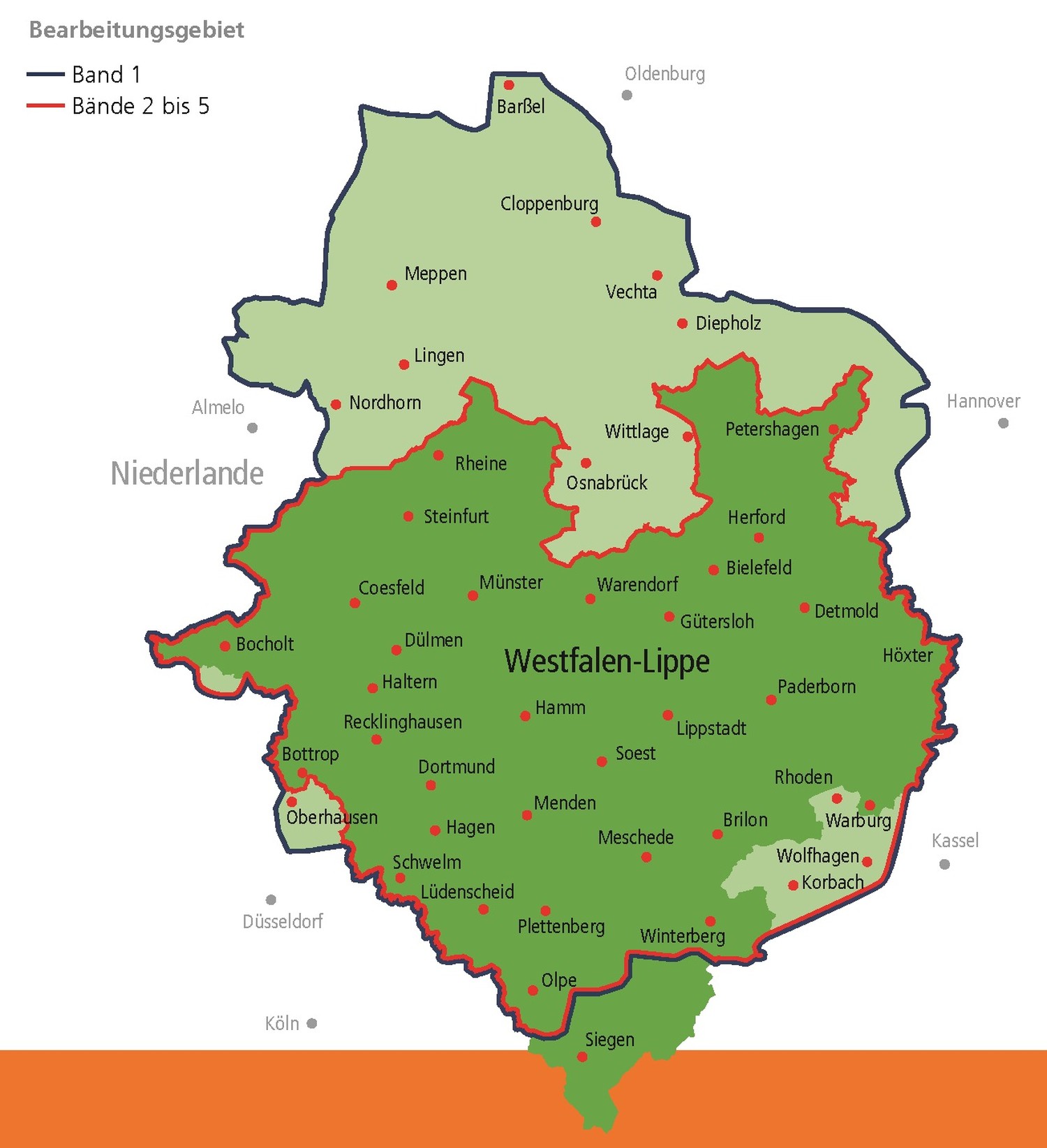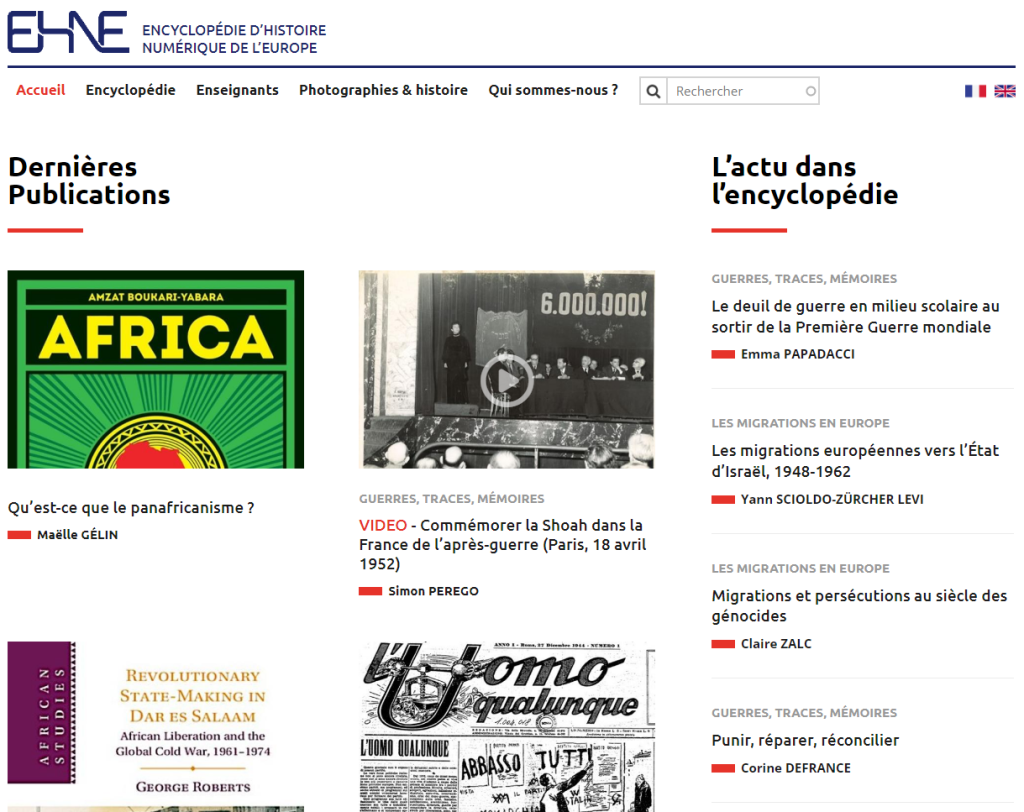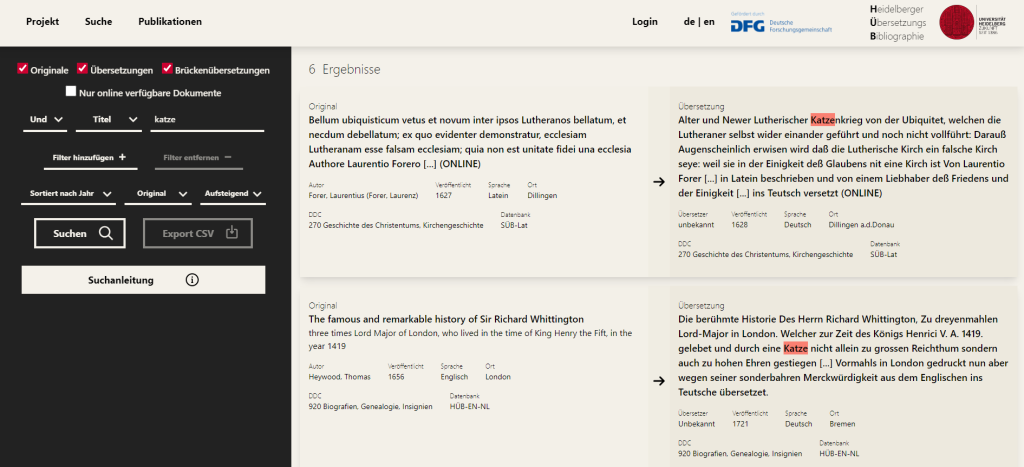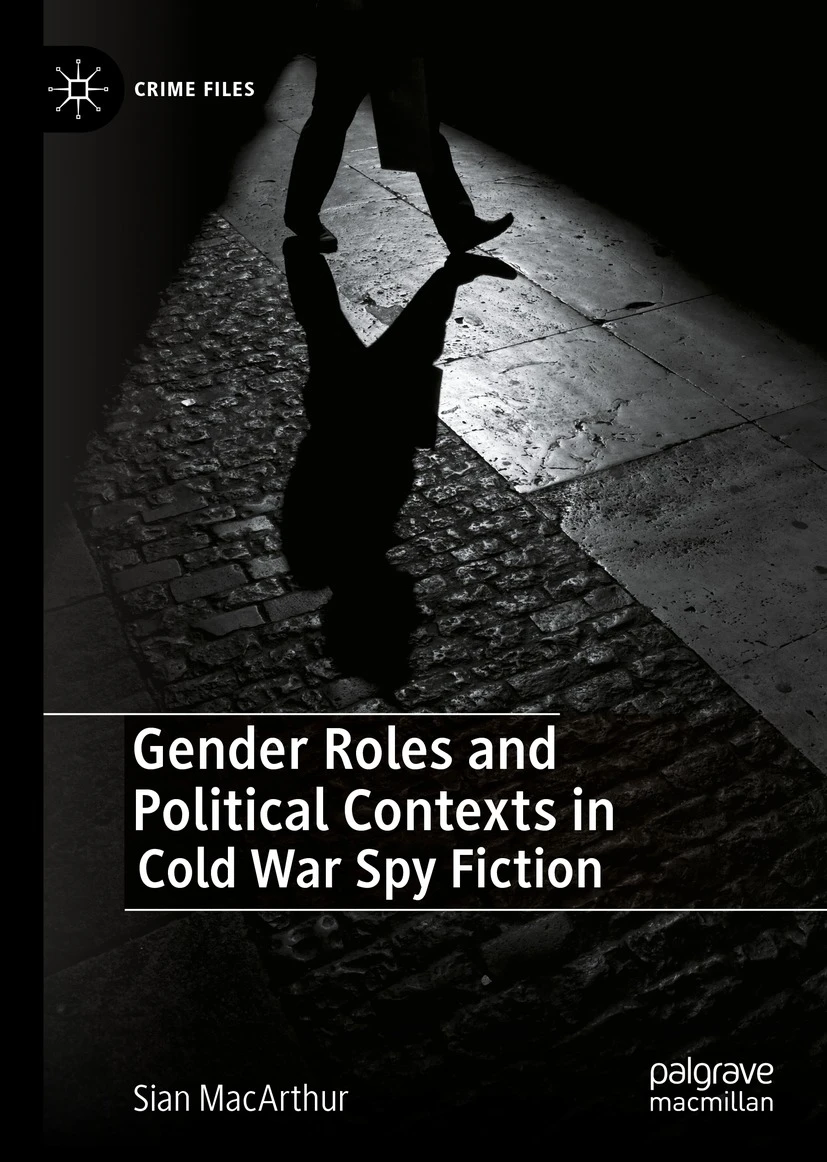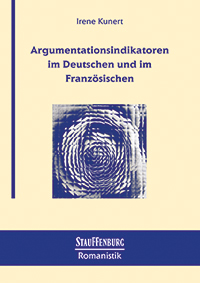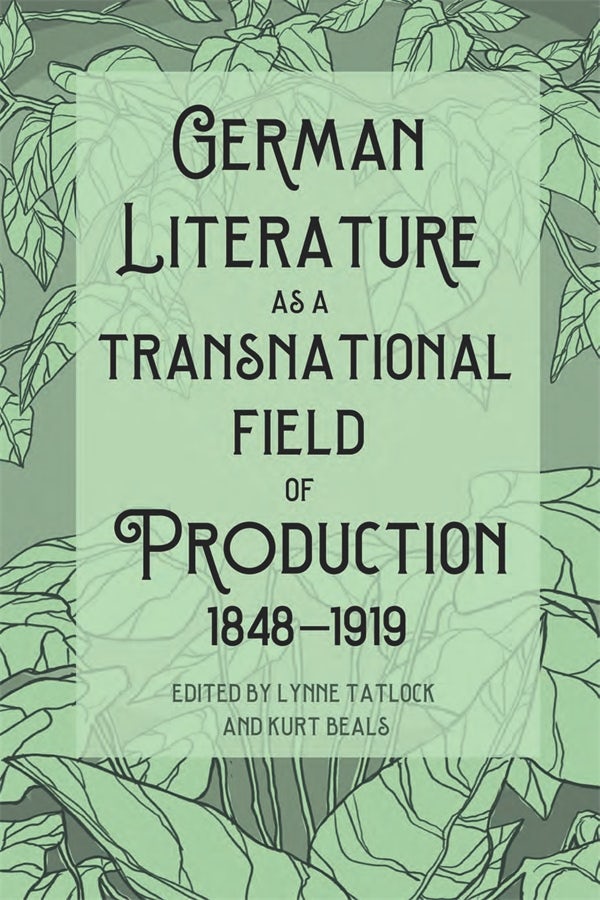Home, memory and belonging in Italian postcolonial literature
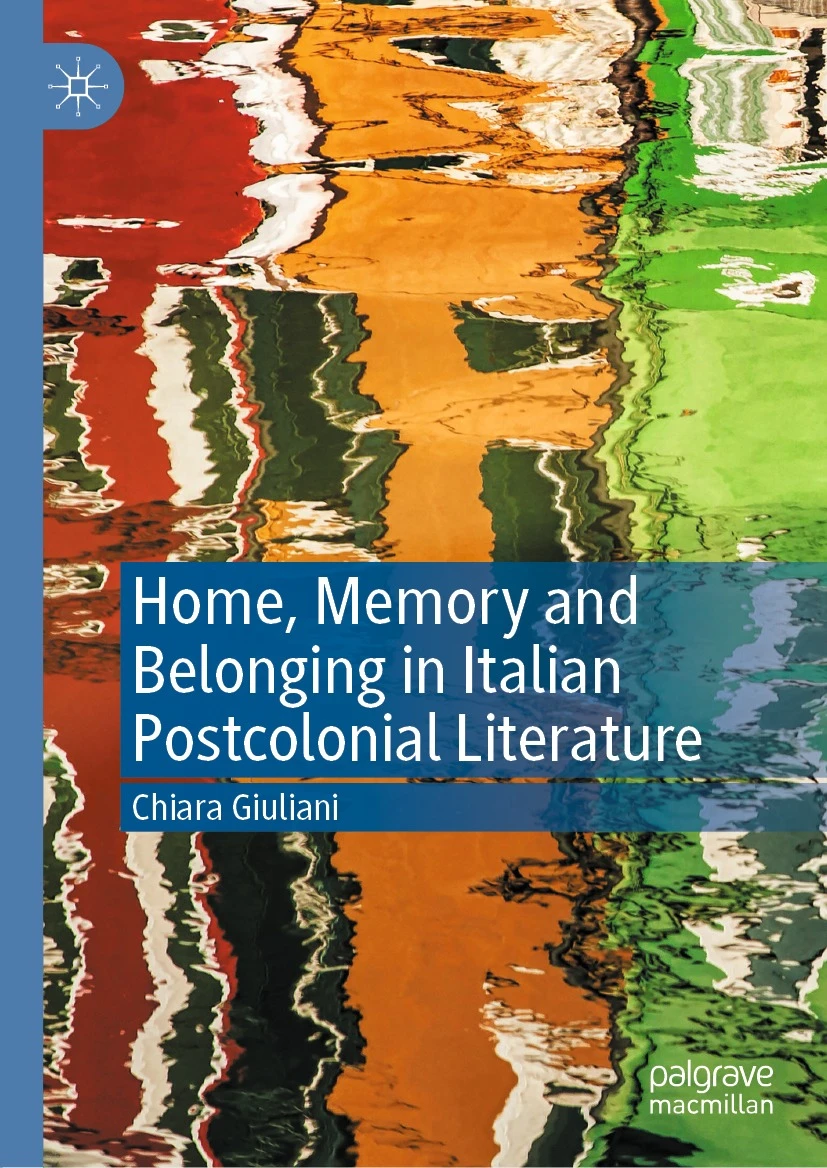 This book examines the meaning of home through the investigation of a series of public and private spaces recurrent in Italian postcolonial literature. The chapters, by respectively considering Termini train station in Rome, phone centres, the condominium, and the private spaces of the bathroom and the bedroom, investigate how migrant characters inhabit those places and turn them into familiar spaces of belonging. Home, Memory and Belonging in Italian Postcolonial Literature suggests “home spaces” as a possible lens to examine these specific places and a series of practices enacted by their inhabitants in order to feel at home. Drawing on a wide array of sources, this book focuses on the role played by memory in creating transnational connections between present and past locations and on how these connections shape migrants’ sense of self and migrants’ identity.
This book examines the meaning of home through the investigation of a series of public and private spaces recurrent in Italian postcolonial literature. The chapters, by respectively considering Termini train station in Rome, phone centres, the condominium, and the private spaces of the bathroom and the bedroom, investigate how migrant characters inhabit those places and turn them into familiar spaces of belonging. Home, Memory and Belonging in Italian Postcolonial Literature suggests “home spaces” as a possible lens to examine these specific places and a series of practices enacted by their inhabitants in order to feel at home. Drawing on a wide array of sources, this book focuses on the role played by memory in creating transnational connections between present and past locations and on how these connections shape migrants’ sense of self and migrants’ identity.
zum Buch im ULB-KatalogPlus
zum Buch auf der Verlags-Website
Contemporary French and francophone futuristic novels: the longing to be written and its refusal
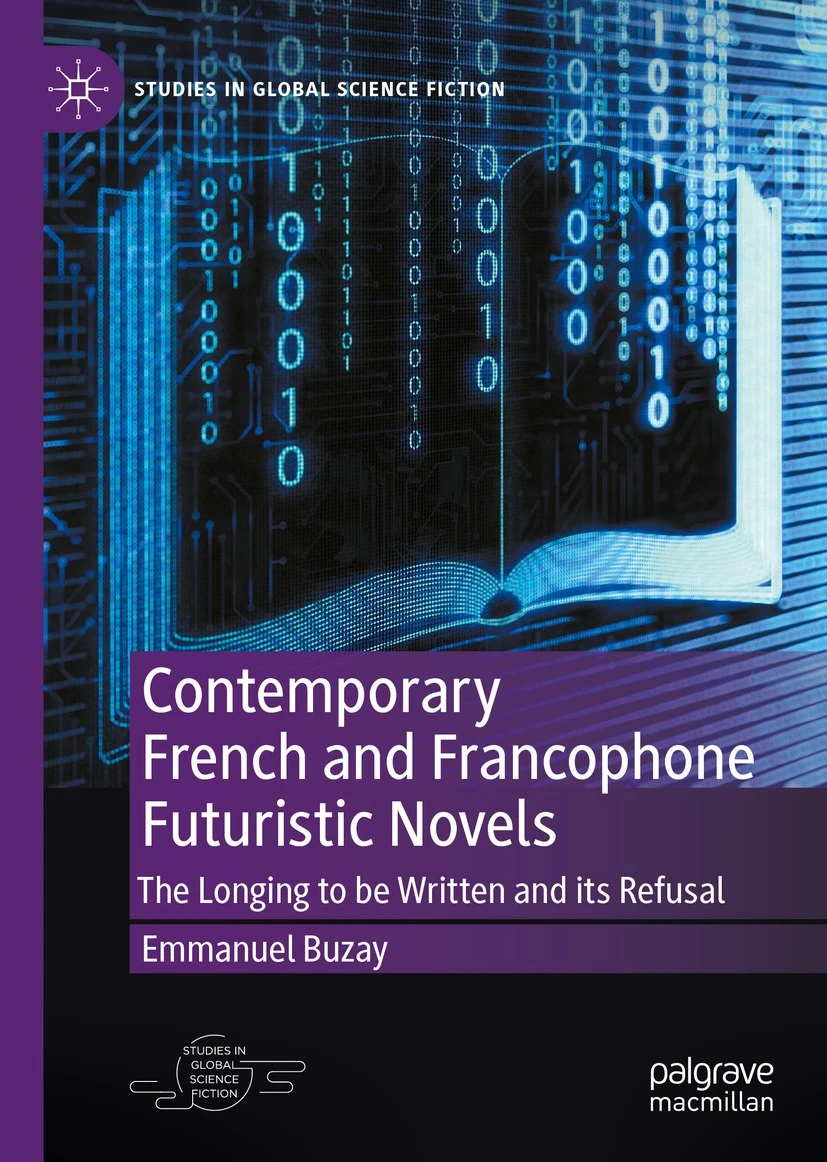 This book sheds a new light on the metafictional aspects of futuristic and science fiction novels, at the crossroads of information and media studies, possible worlds theories applied to cognitive narratology, questions related to the criticism of post-humanity, and, more broadly, contemporary French and Francophone literature. It examines the fictional minds of characters and their conceptions of resistance to the anticipated worlds they inhabit, particularly in novels by Pierre Bordage, Marie Darrieussecq, Michel Houellebecq, Amin Maalouf, Jean-Christophe Rufin, Antoine Volodine, and Élisabeth Vonarburg. It also explores how corporal postures serve as a matrix for philosophical quests in novels by Amélie Nothomb, Alain Damasio, and Romain Lucazeau. More specifically, from the fictional readers’ points of view, it provides a critical approach to the mythologies of writing, in the wake of the French philosophical tales by authors including Cyrano de Bergerac and Voltaire, to question the traditionally expressed formulations of the mythologies of writing, that is, of the metaphors of the book (the book of life, nature, and the world), to rethink the idea of a humanity within its limits.
This book sheds a new light on the metafictional aspects of futuristic and science fiction novels, at the crossroads of information and media studies, possible worlds theories applied to cognitive narratology, questions related to the criticism of post-humanity, and, more broadly, contemporary French and Francophone literature. It examines the fictional minds of characters and their conceptions of resistance to the anticipated worlds they inhabit, particularly in novels by Pierre Bordage, Marie Darrieussecq, Michel Houellebecq, Amin Maalouf, Jean-Christophe Rufin, Antoine Volodine, and Élisabeth Vonarburg. It also explores how corporal postures serve as a matrix for philosophical quests in novels by Amélie Nothomb, Alain Damasio, and Romain Lucazeau. More specifically, from the fictional readers’ points of view, it provides a critical approach to the mythologies of writing, in the wake of the French philosophical tales by authors including Cyrano de Bergerac and Voltaire, to question the traditionally expressed formulations of the mythologies of writing, that is, of the metaphors of the book (the book of life, nature, and the world), to rethink the idea of a humanity within its limits.
zum Buch im ULB-KatalogPlus
zum Buch auf der Verlags-Website

